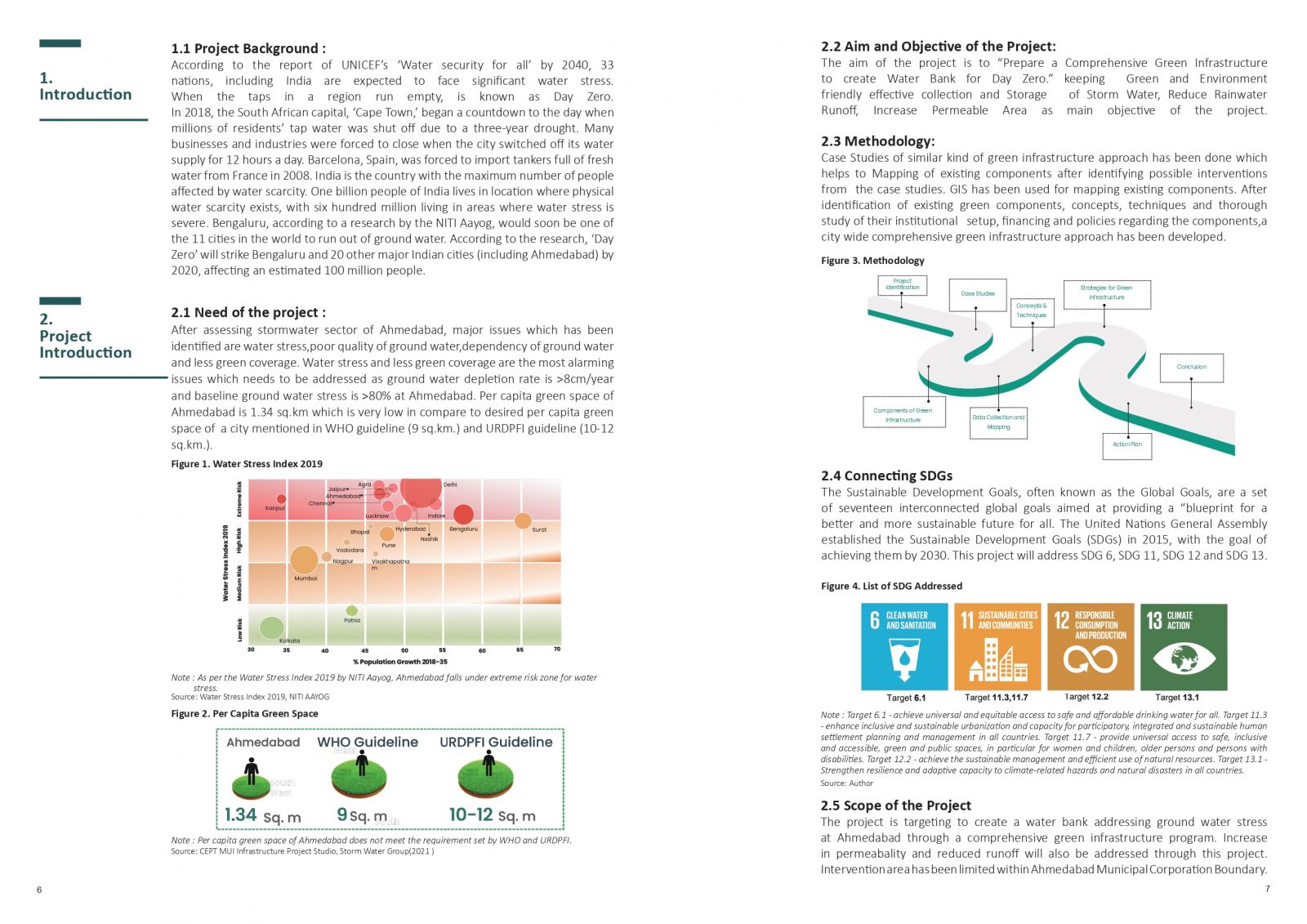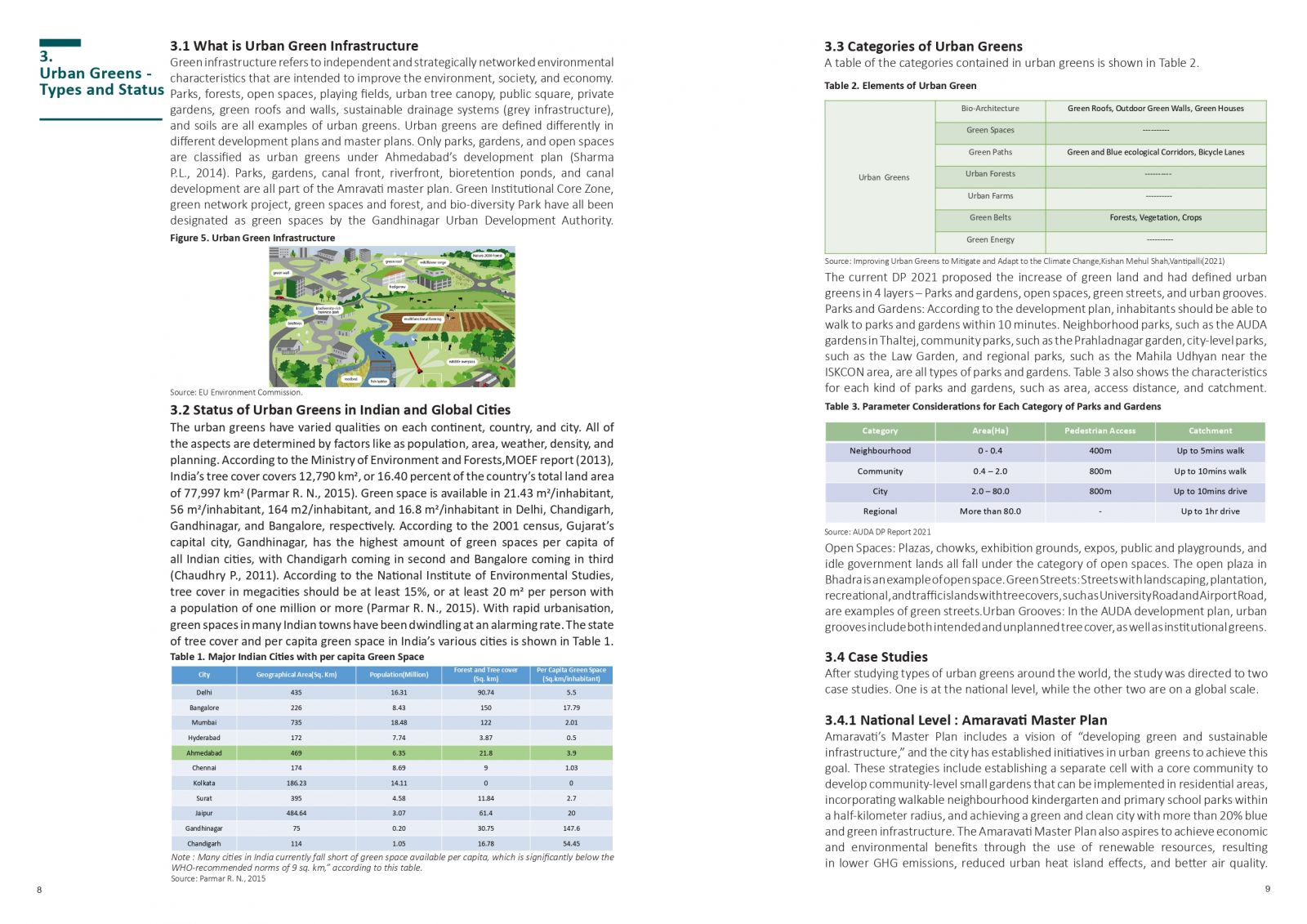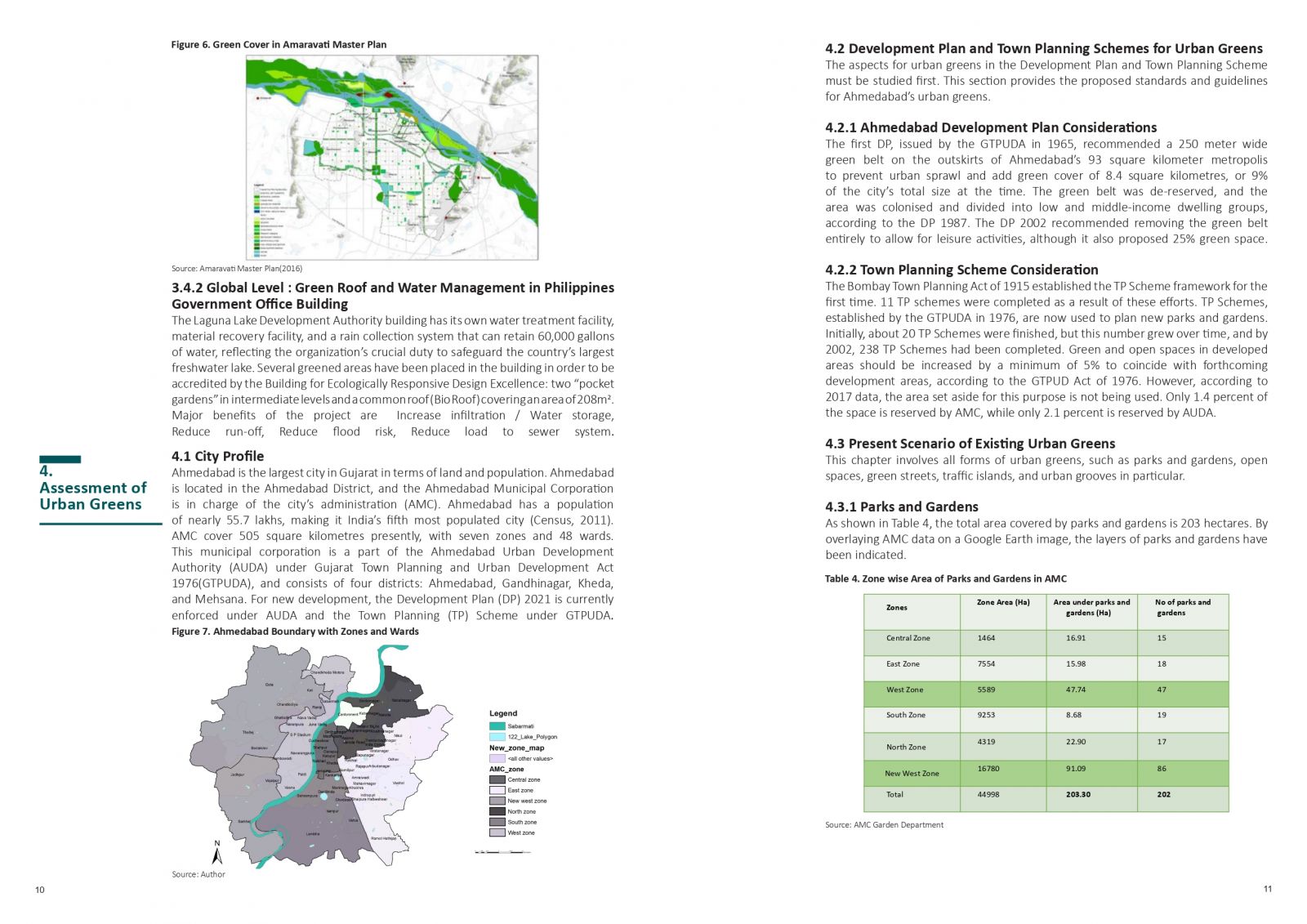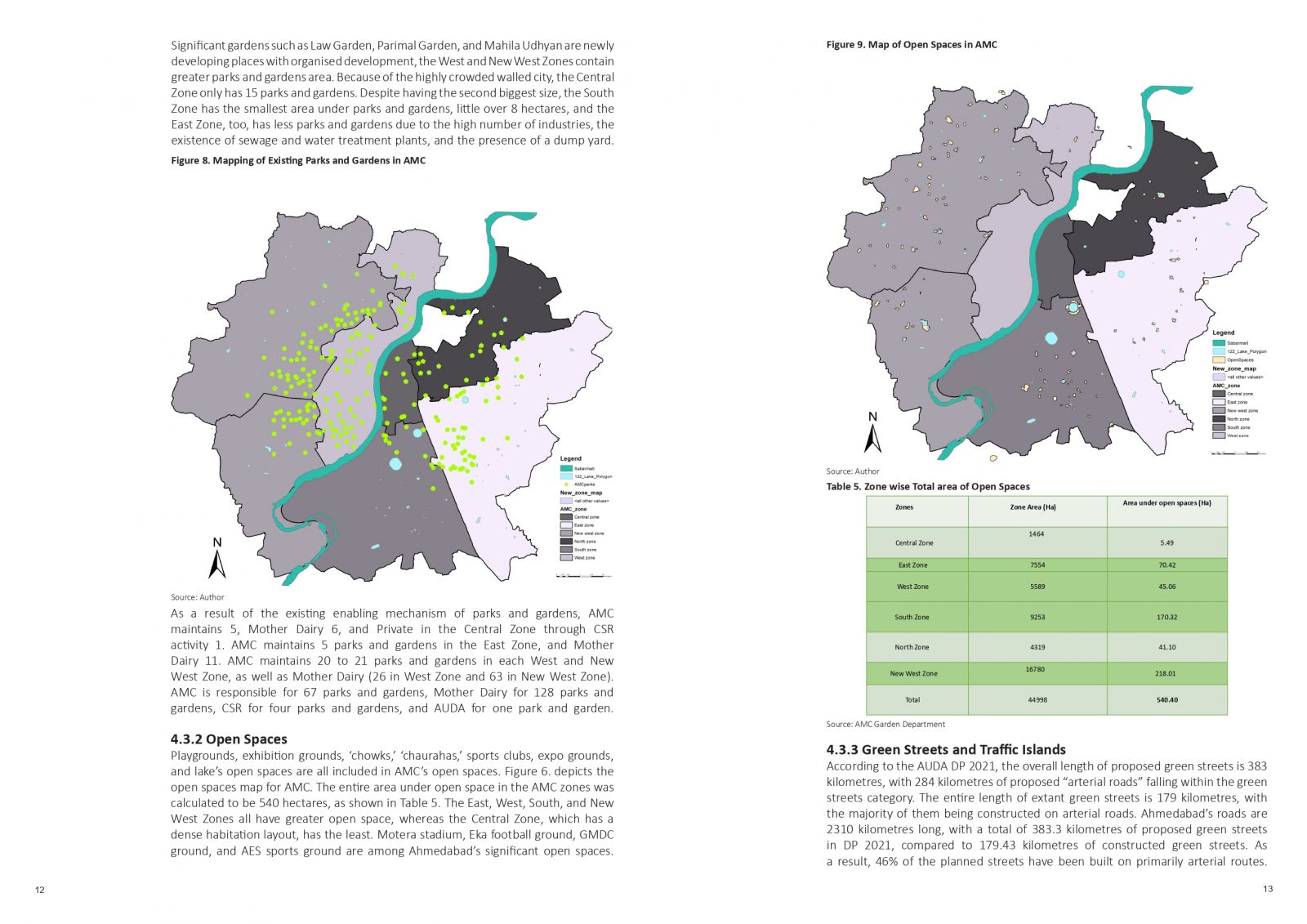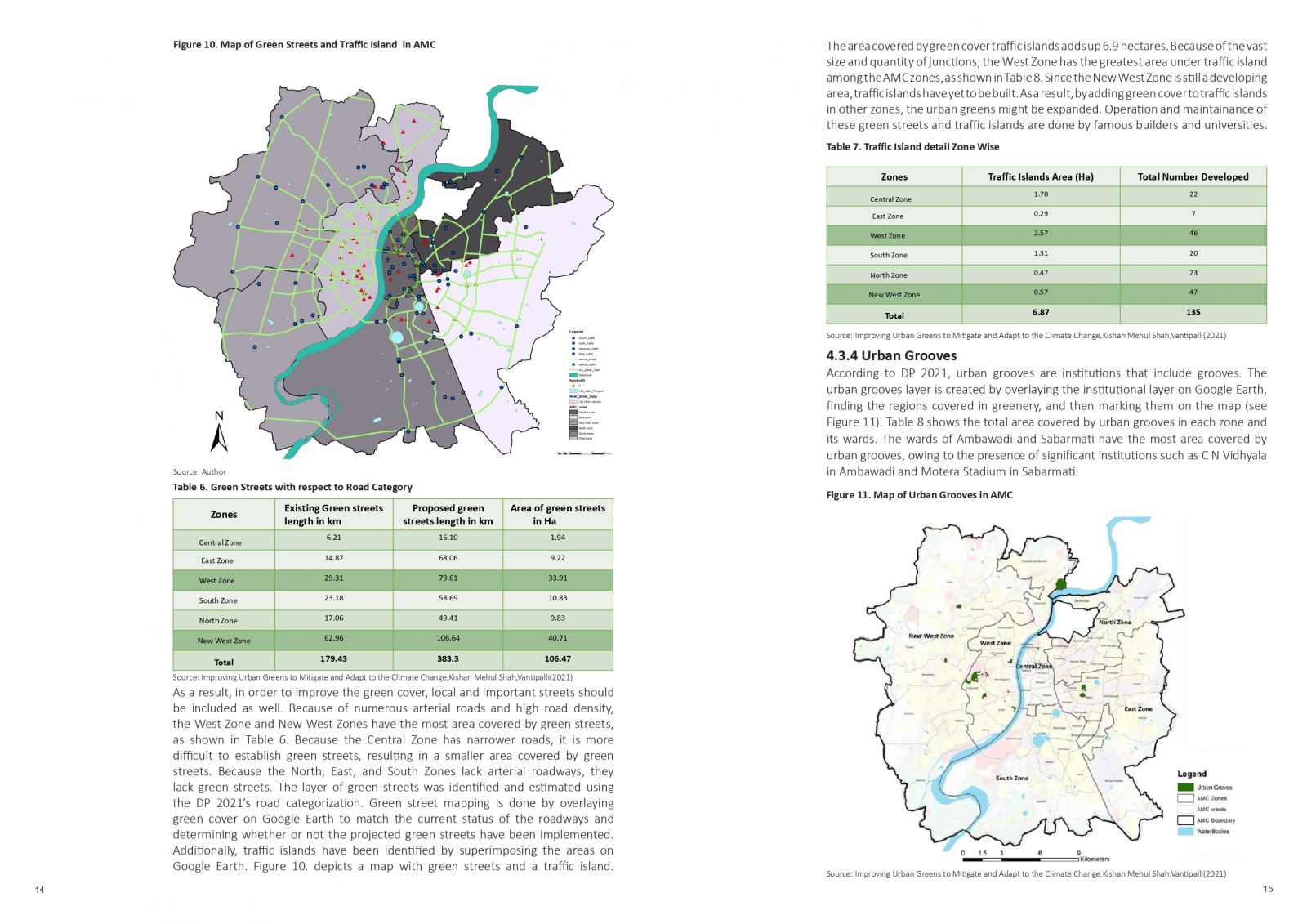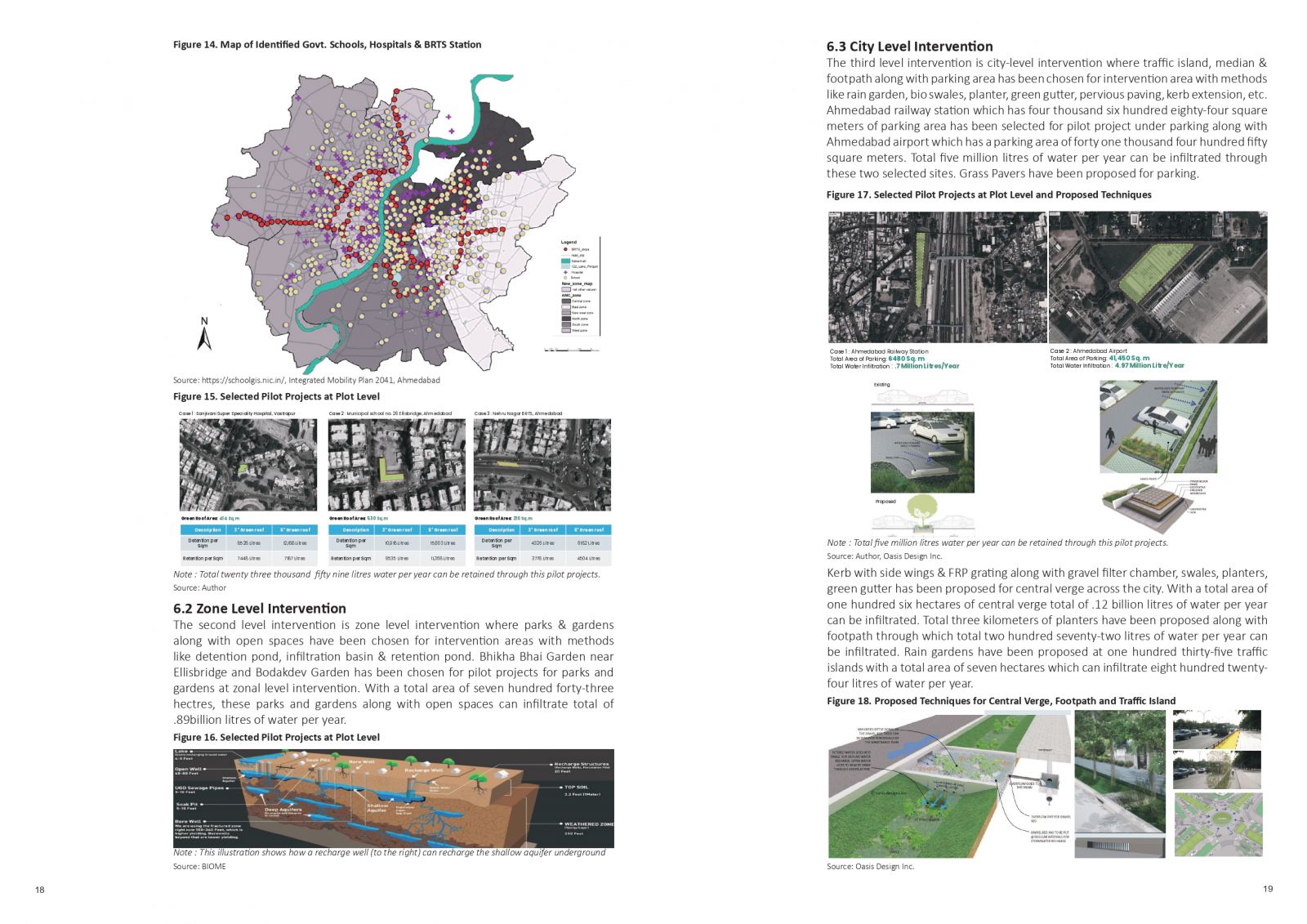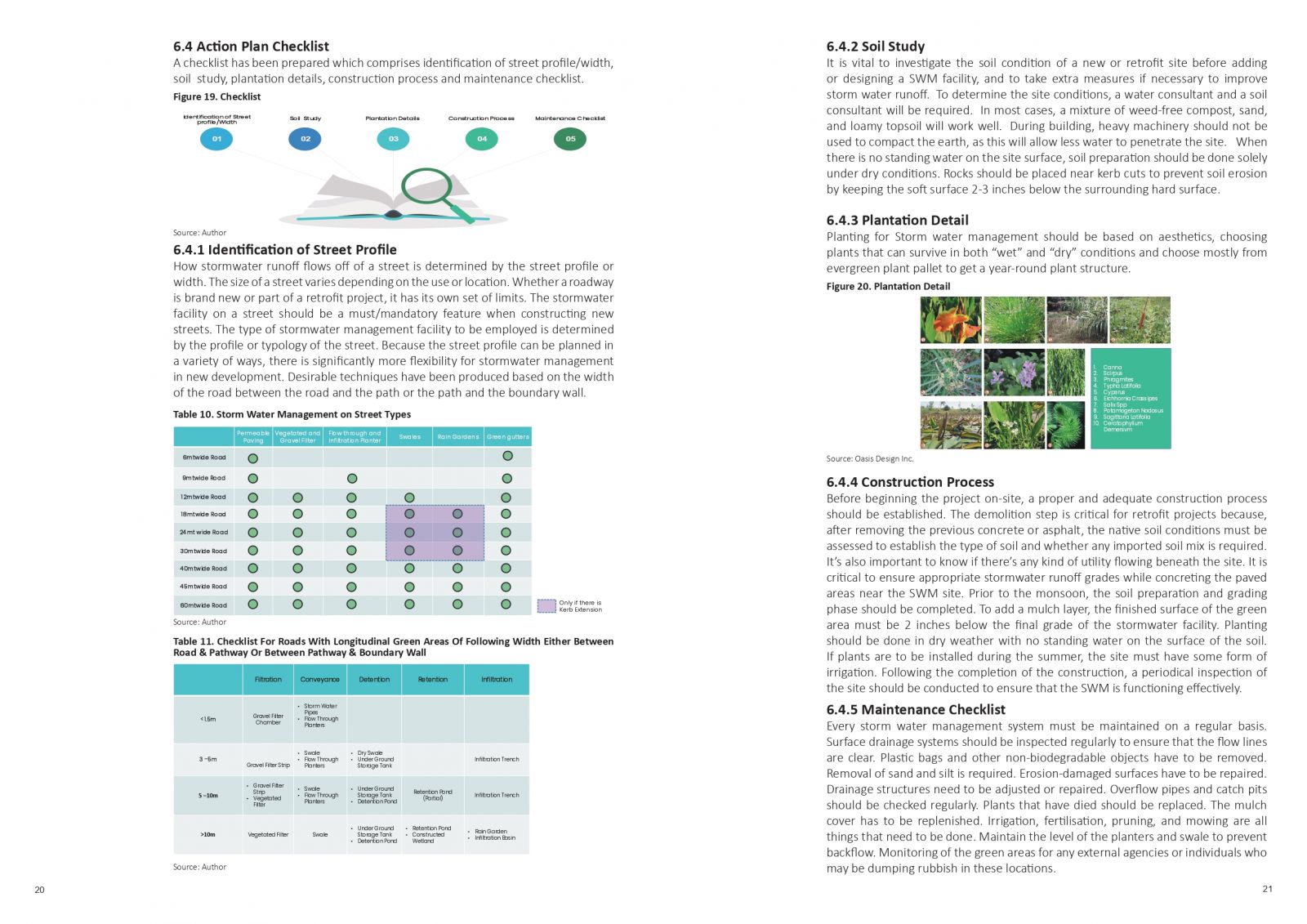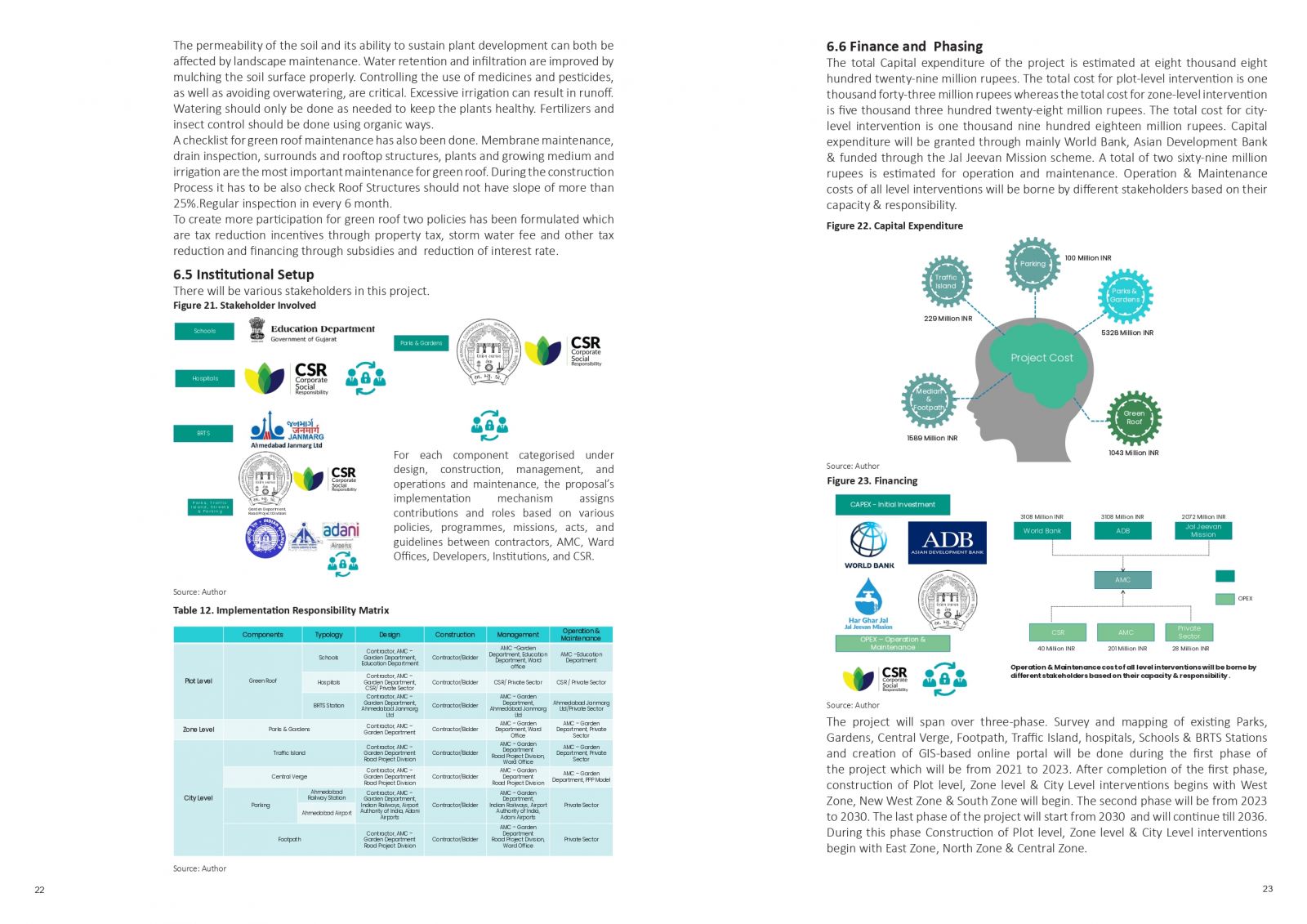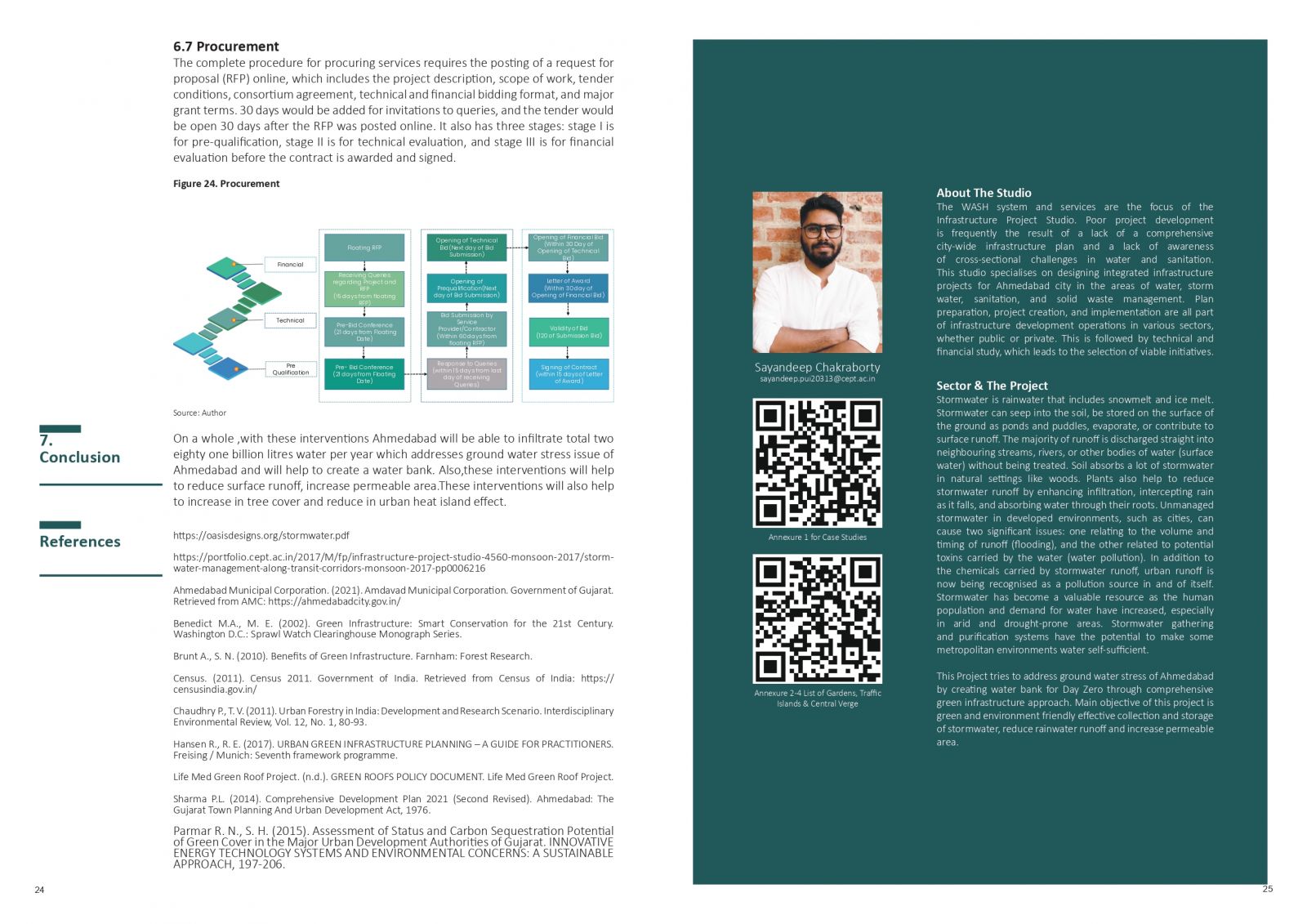Your browser is out-of-date!
For a richer surfing experience on our website, please update your browser. Update my browser now!
For a richer surfing experience on our website, please update your browser. Update my browser now!
Storm water is rainwater that includes snowmelt and ice melt. Storm water can seep into the soil, be stored on the surface of the ground as ponds and puddles, evaporate, or contribute to surface runoff. The majority of runoff is discharged straight into neighboring streams, rivers, or other bodies of water (surface water) without being treated. Soil absorbs a lot of storm water in natural settings like woods. Plants also help to reduce storm water runoff by enhancing infiltration, intercepting rain as it falls, and absorbing water through their roots. Unmanaged storm water in developed environments, such as cities, can cause two significant issues: one relating to the volume and timing of runoff (flooding), and the other related to potential toxins carried by the water (water pollution). In addition to the chemicals carried by storm water runoff, urban runoff is now being recognised as a pollution source in and of itself. Storm Water has become a valuable resource as the human population and demand for water have increased, especially in arid and drought-prone areas. Storm Water gathering and purification systems have the potential to make some metropolitan environments water self-sufficient. This Project tries to address ground water stress of Ahmedabad by creating water bank for Day Zero through comprehensive green infrastructure approach. Main objective of this project is green and environment friendly effective collection and storage of storm water, reduce rainwater runoff and increase permeable area.
